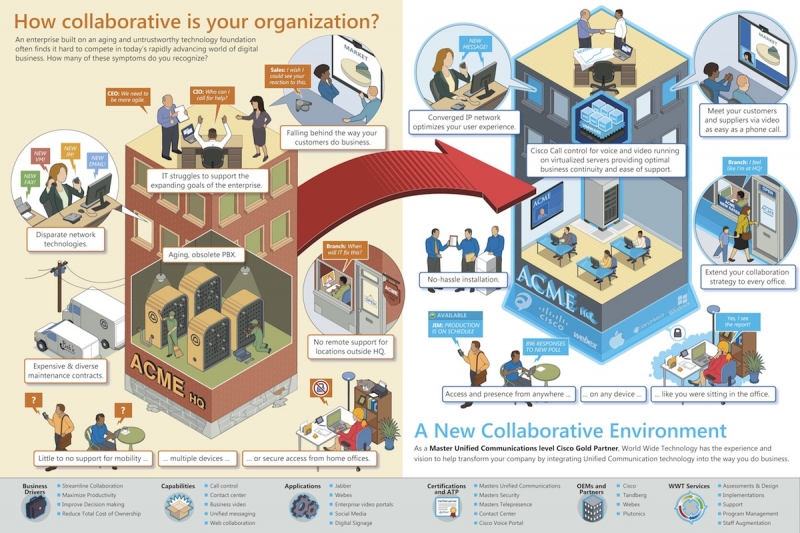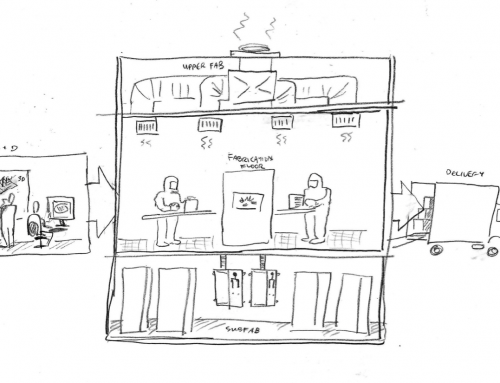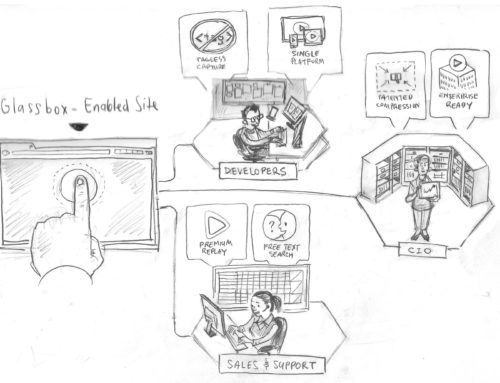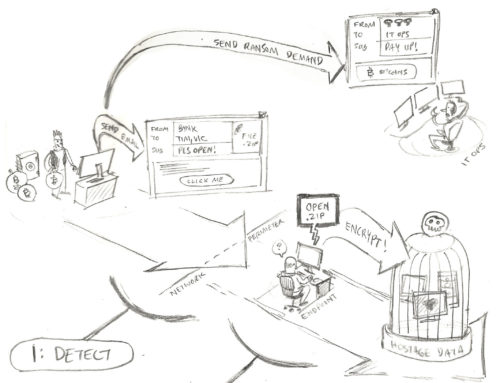The Business and Technology World Has Not Taken a Visual Centric Approach – And They Darn Well Should
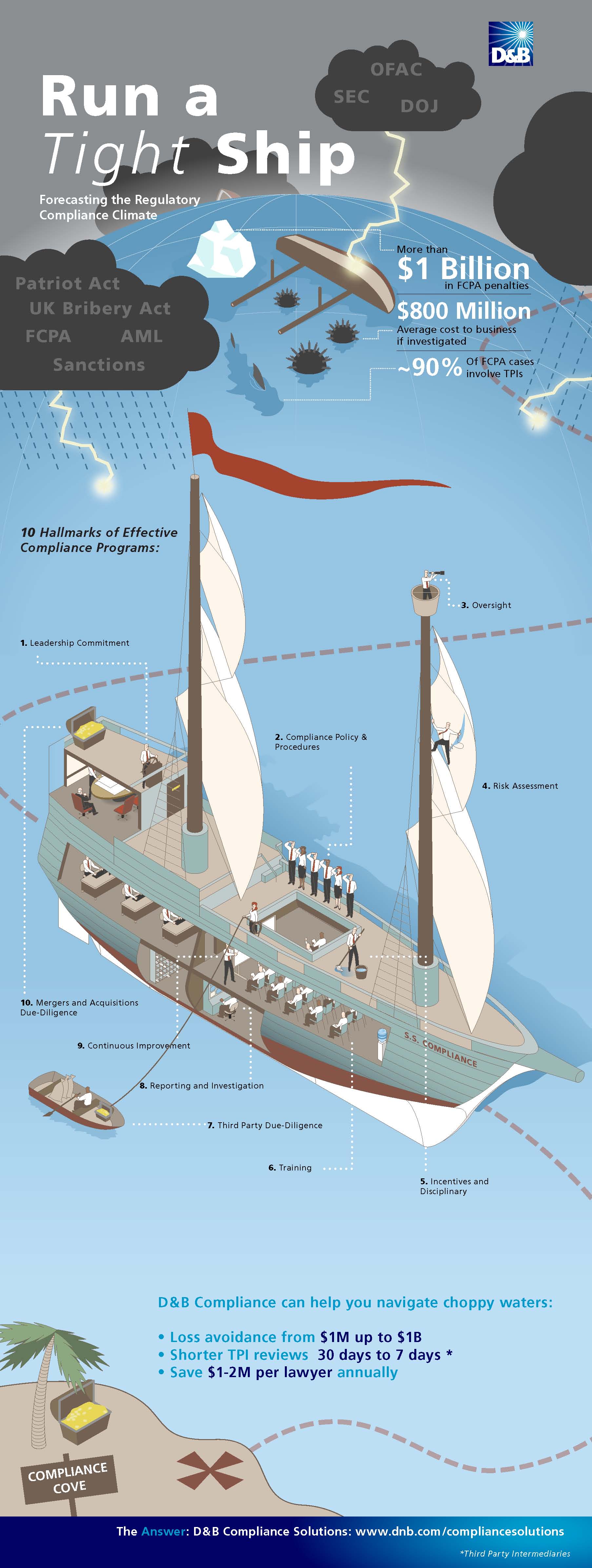
Compliance Solutions showcased in illustrative shipping infographic.
As we at Frame Concepts ramp up in 2014 to deliver a wide array of visual solutions to help our clients enable their audience to understand and engage with their offering and point of view, its tempting to think (at least for me) that everyone is on the visual solution bandwagon – that the business and technology world in terms of communications is visually centric. But they are not.
In fact a quick tour of websites and application interfaces forces one to pour through dense text and data points to come to terms with the point of the offering at hand. And this is when you are motivated to sleuth through a company’s website, presentation or research – the task gets tougher when you are trying to motivate interest.
So for those still pondering the virtue of taking on a visually centric approach to your communications, I suggest eight reasons why you should:
1. Information Overload
“By 2015, Americans will consume media for more than 1.7 trillion hours, an average of approximately 15.5 hours per person per day. Its not just the complexity of your data – you inherit the mess the world brings to your audience.”(James E. Short. How Much Media? 2013 Report on American Consumers.Institute for Communication Technology Management (CTM) at the USC Marshall School of Business, October 2013)
You are competing for headspace. You need to visually pierce complacency on bad business habits and misperceptions about your offerings and point of view when your audience is drinking from a media firehose.
2. Information Economy
“Big Data to Spawn 6 Million Jobs in the Information Economy.” Gartner Research, October 2013.
If information is fueling the economy then best to engage with best practices in terms of information design.
3. Attention Deficit Syndrome
“The average attention span in 2013 – 8 seconds. The average attention span in 2000 – 12 seconds.”National Center for Biotechnology Information, U.S. National Library of Medicine, The Associated Press Research, January 1 2014
That precious moment of attention with your audience – you have to make it count.
4. Media Consumption Increasingly Visual
“More than 1 billion unique users visit YouTube each month. Over 6 billion hours of video are watched each month on YouTube—that’s almost an hour for every person on Earth, and 50% more than last year.” (Youtube facts 2014)
Visuals have become the consumption method of choice.
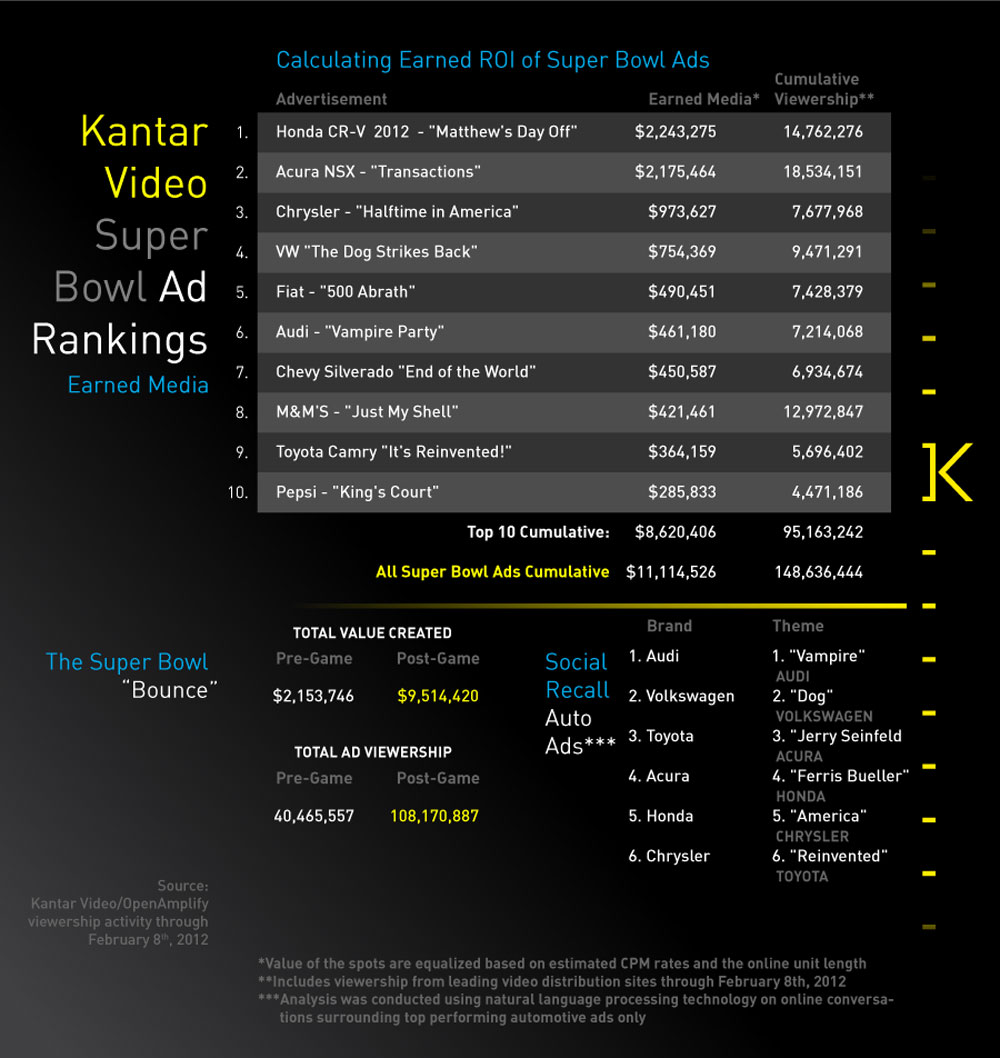
5. Differentiation in Crowded Space Requires a Very Nuanced Approach
“In today’s crowded and commoditized marketing environment, … assuming their customers make purely rational decisions, B2B marketers are focusing on business value to differentiate their brands.” Google Insights, From Promotion to Emotion: Connecting B2B Customers to Brands, October 2013
You need to bring out subtle distinctions in your offering or process visually – and a stock photo or clever ad tag line is not going to do it.
6. Offerings Increasingly Specialized
“As businesses become more specialized, they create more interaction touch points per customer.” Medalia, August 22, 2013
In B2B, sales cycles are stretching across a series of decision makers that have different axes to grind – whether its financial, technical, line of business ease of integration – you need each decision maker to visualize your point.
7. Buyers Have No Time
“According to studies done by Sheena Iyengar at Columbia University, Americans make an average of 70 decisions each day.” July 24, 2013
Lack of attention span and over inundation of information in increasingly specialized fields and no time to properly make decisions – need we see should put our best foot forward to enable the right decision as far as visual communication of your offering or point of view is concerned?
8. Innovation Requires New Understanding
“According to the Kaufman Index of Entrepreneurial Activity (KIEA), the entrepreneurial rate in the U.S. is already well above the dot.com bubble of 15 years ago, … adds up to over 20 million non-employer businesses out there today, with more starting every day.” 12/25/2013
Innovation means well … innovative … meaning different ideas than one had previously thought about. So if it is innovative then their needs to be a visual bridging of the content of the new approach to a mode understanding that your audience gets you. I am talk about metaphor and analogy and argumentation all integrated into an intuitive and engaging visual.
Well there’s lot more reasons but eight sounds like a good place to stop.
- What do you think?
- Is your organization visually centric?
- Should they be?
Comments more than welcome.


